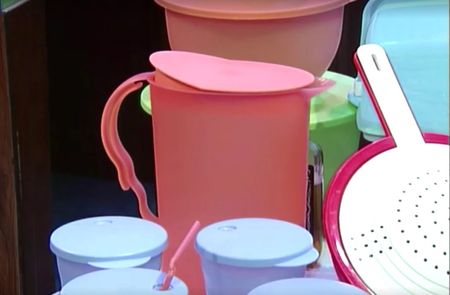(Reuters) -Tupperware Brands filed for bankruptcy protection late on Tuesday, succumbing to mounting losses due to poor demand for its once-iconic food storage containers.
The company’s popularity exploded in the 1950s when women of the postwar generation held “Tupperware (NYSE:) parties” at their homes to sell food storage containers as they sought empowerment and independence.
However, it has lost its edge against competitors who make cheaper and more environmentally friendly containers.
Last month, Tupperware raised doubts about its ability to stay in business after repeatedly flagging a potential bankruptcy risk due to liquidity constraints.
“In recent years, the company’s financial position has been severely impacted by the challenging macroeconomic environment,” CEO Laurie Goldman said in a statement.
The company said it plans to seek court approval to continue selling its products and map out a sales process for the company.
The company has been trying to turn around its business for years after reporting several quarters of declining sales.
A post-pandemic increase in the costs of labor, freight and raw materials such as plastic resin has also put pressure on operations.
Last year, the company’s shares saw wild swings amid “meme stock” rallies, in which retail investors coordinate their speculative bets on social media and typically focus their speculative bets on companies that are struggling financially or have high short interest .
Tupperware listed $500 million to $1 billion in estimated assets and $1 billion to $10 billion in estimated liabilities, according to bankruptcy filings in the U.S. Bankruptcy Court for the District of Delaware. It listed the number of creditors as between 50,001 and 100,000.
In 2023, the company completed an agreement with its lenders to restructure its debt obligations, and signed investment bank Moelis (NYSE:) & Co to help explore strategic alternatives.


